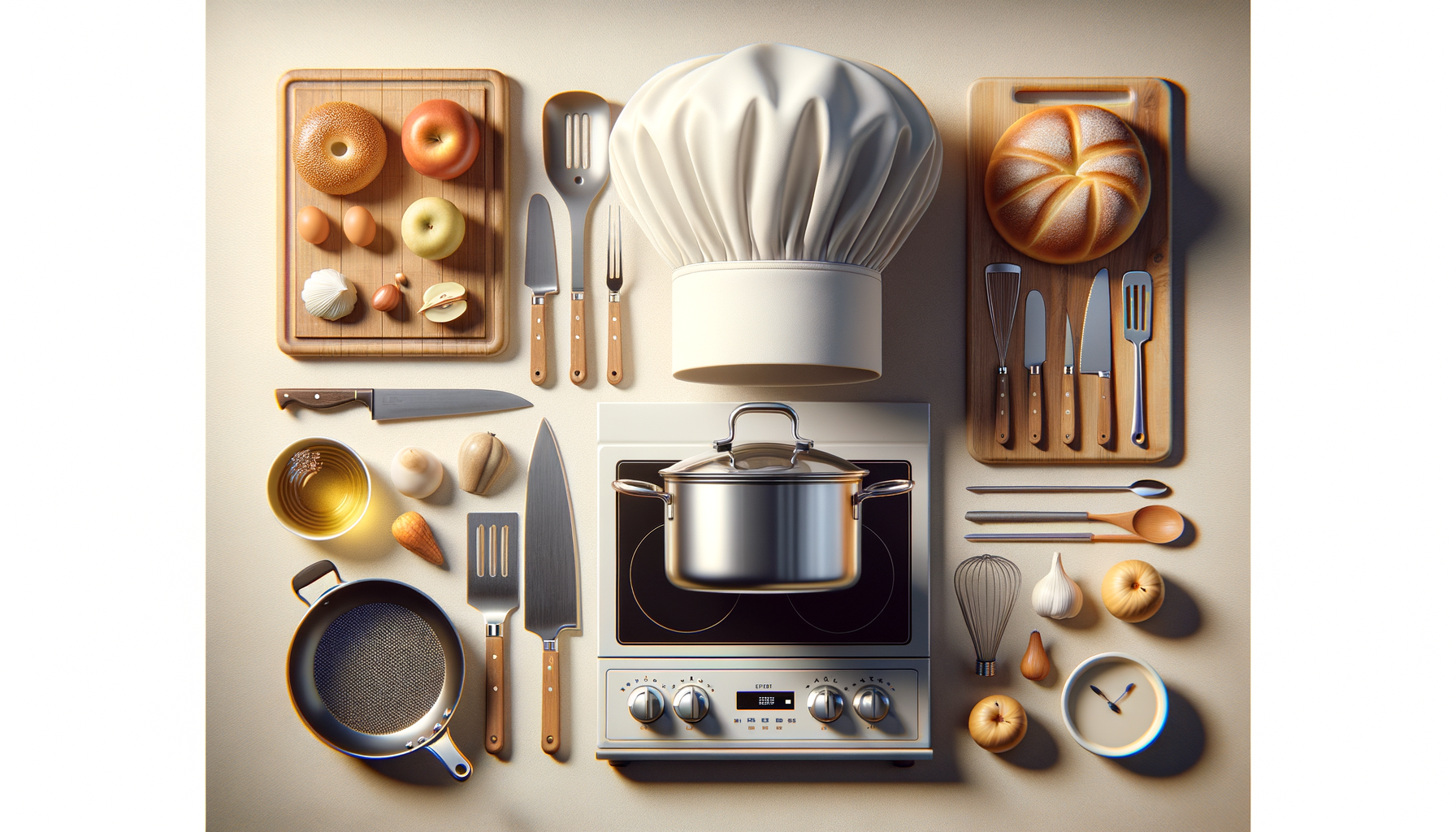Beginner Cooking? Start With These 5 Fundamentals From Culinary School
Introduction to Culinary Fundamentals Cooking is an art that combines creativity, technique, and passion. For beginners, it can be a daunting task to navigate the world of culinary arts. However, understanding the fundamentals can make the journey much smoother and enjoyable. This article delves into five essential cooking tips that are often taught in culinary

Introduction to Culinary Fundamentals
Cooking is an art that combines creativity, technique, and passion. For beginners, it can be a daunting task to navigate the world of culinary arts. However, understanding the fundamentals can make the journey much smoother and enjoyable. This article delves into five essential cooking tips that are often taught in culinary schools. By mastering these basics, you can elevate your cooking skills and gain confidence in the kitchen.
Mastering Knife Skills
One of the first lessons in any culinary school is mastering knife skills. Proper knife techniques are crucial for efficiency and safety in the kitchen. Learning how to hold a knife correctly and practicing different cuts such as julienne, dice, and chiffonade can significantly improve your cooking experience. Sharp knives are essential as they require less force and reduce the risk of accidents. Regularly honing your knives and knowing when to sharpen them is a skill in itself. Investing time in learning knife skills will pay off as it enhances your ability to prepare ingredients quickly and precisely.
Here are some basic knife skills to practice:
- Chopping: A basic skill for cutting vegetables and herbs.
- Slicing: Important for meats and larger vegetables.
- Julienne: Cutting into thin strips, often used for garnishes.
- Dice: Cutting into small, even cubes, perfect for soups and stews.
Understanding Heat Control
Heat control is another fundamental aspect of cooking that can drastically affect the outcome of your dishes. Different cooking methods require different heat levels, and understanding when to use high, medium, or low heat is essential. For example, searing meat requires high heat to create a flavorful crust, while simmering a sauce is done on low heat to develop flavors over time. Using the right cookware can also influence heat control, as materials like cast iron retain heat better than others. By practicing and observing how heat affects food, you can achieve the desired texture and flavor in your cooking.
Consider these tips for heat control:
- Preheat pans before adding ingredients to ensure even cooking.
- Adjust heat levels gradually to avoid burning or undercooking.
- Use a thermometer to monitor the temperature of meats and baked goods.
Balancing Flavors
Creating a harmonious balance of flavors is a skill that sets great cooks apart. The five basic tastes—sweet, salty, sour, bitter, and umami—should be balanced to enhance the overall taste of a dish. Understanding how to combine these flavors can transform simple ingredients into a memorable meal. For instance, adding a splash of vinegar can brighten a dish, while a pinch of sugar can balance acidity. Experimenting with herbs and spices can also add depth and complexity to your cooking. By tasting as you cook and adjusting seasonings, you can develop a keen sense of flavor balance.
To balance flavors, try these strategies:
- Use contrasting flavors to create interest, such as sweet and spicy.
- Incorporate fresh herbs to add brightness and freshness.
- Experiment with different types of salts and acids to enhance flavors.
The Art of Plating
While taste is paramount, the presentation of a dish can greatly enhance the dining experience. Plating is an art form that involves arranging food in an aesthetically pleasing manner. Attention to detail, such as color contrast, symmetry, and garnishing, can elevate the visual appeal of a dish. Techniques like stacking ingredients, using negative space, and adding edible flowers or microgreens can transform a simple meal into a work of art. By practicing plating techniques, you not only impress your guests but also take pride in the meals you create.
Consider these plating tips:
- Use odd numbers of elements for a more dynamic presentation.
- Play with height and layers to add dimension.
- Garnish with fresh herbs or citrus zest for a pop of color.
Conclusion: Embrace the Culinary Journey
Embarking on a culinary journey as a beginner can be both exciting and challenging. By focusing on these five fundamentals—knife skills, heat control, flavor balance, and plating—you lay a strong foundation for your cooking endeavors. Remember, practice makes perfect, and with time, patience, and a willingness to experiment, you’ll find joy and satisfaction in creating delicious meals. Embrace the process, learn from each experience, and most importantly, have fun in the kitchen.